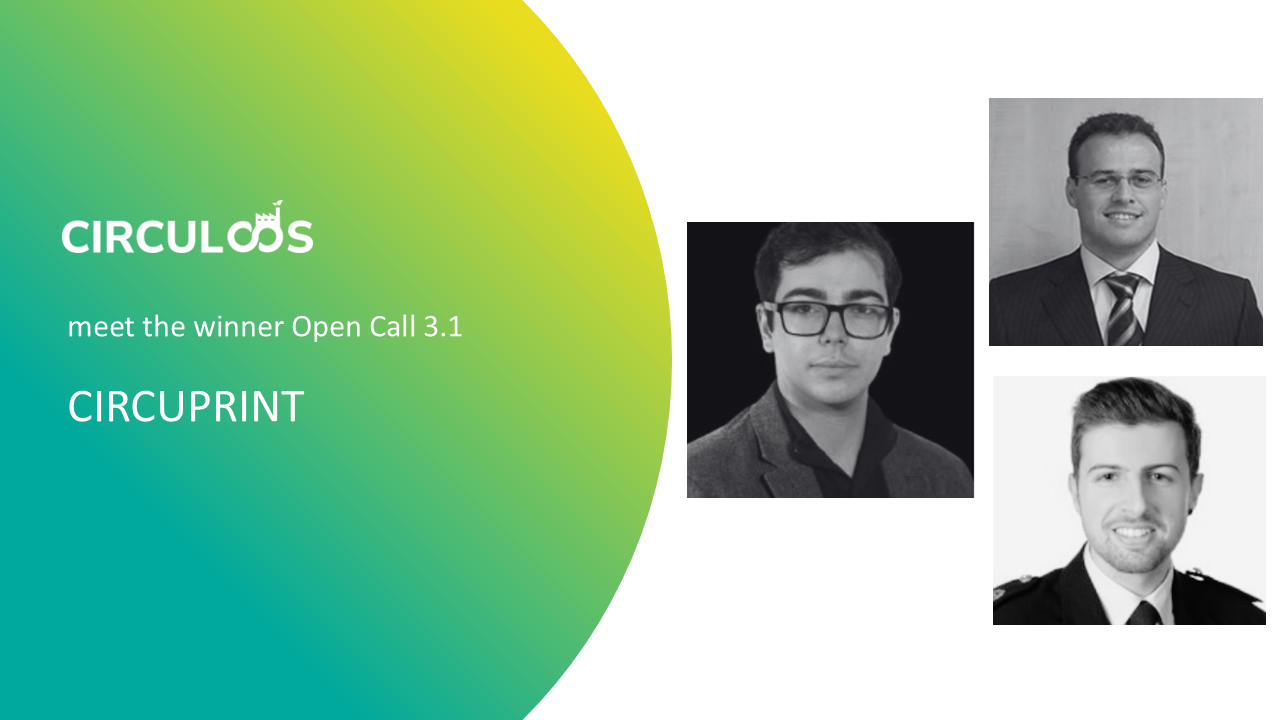To boost the shift toward circular manufacturing, CIRCULOOS Open Call 3.1 supports single entities in extending existing pilot value chains by enhancing or adding new R-strategies.
The winning project, CIRCUPRINT, transforms plastic waste into value using large-scale, data-driven 3D printing. By integrating BAAM technology with real-time monitoring, it enables the direct reuse of mixed plastics—feeding valuable data into the CIRCULOOS digital ecosystem for improved sustainability, traceability, and supply chain optimization.
1. Can you briefly introduce your team? What’s your story and what drives you?
Fundación Idonial is a Spanish applied research and technology center with over 15 years of expertise in additive manufacturing (AM), materials, and process optimization, working closely with industries such as aerospace, automotive, defense, and construction. What drives us is the conviction that circularity and digital manufacturing are key to a sustainable industry. We aim to bridge advanced research with real industrial applications, helping companies reduce waste, cut emissions, and unlock new business opportunities.
2. In simple words, what is your project about and how is it linked with CIRCULOOS?
CIRCUPRINT is about turning plastic waste into a valuable resource instead of letting it go to landfill or incineration. Using advanced 3D printing technologies, we show that recycled plastics can be directly used in manufacturing in a sustainable and efficient way. The project links with CIRCULOOS by providing real-time data and digital insights that validate the environmental and economic benefits of circular manufacturing, helping to build smarter and more resilient.3. How did you come up with this project idea/concept and what innovative benefits will it bring to the end users?
The idea grew from the challenge we repeatedly saw in industry: most plastic waste is either downcycled or wasted, while large-format products are still made from virgin materials. We realized that BAAM could bypass costly reprocessing (like regranulation) and use heterogeneous thermoplastic waste directly. The benefits for end users include:- Lower costs by reusing their own residues.
- Sustainable and traceable products aligned with green procurement policies.
- Faster production with reduced waste and energy consumption.
- Access to validated data and circular design strategies to improve competitiveness
4. What type of synergies do you want to explore/are already exploring with other circular economy partners?
We are keen to build synergies in:- Material flows: collaborating with waste generators and recyclers to create local plastic-to-product micro-hubs.
- Digital ecosystems: integrating with CIRCULOOS tools (RAMP, GRETA, Supply Chain Digital Twin) to scale replication.
- Sectoral partnerships: working with industrial manufacturers that demand sustainable solutions.
- Technology alliances: joining forces with partners to explore new applications for recycled plastics.
5. What are your plans for the future when it comes to the development of your ideas & projects?
Looking ahead, we aim to:- Expand into sectors such as automotive, façade design (e.g., vertical gardens), and defense, where circular materials can bring immediate value.
- Transfer our know-how through the Asturias Digital Innovation Hub (AsDIH), enabling SMEs and industries to adopt circular additive manufacturing.
- Continue refining sensor-based monitoring and data-driven life-cycle assessments to strengthen both environmental and economic impact.


